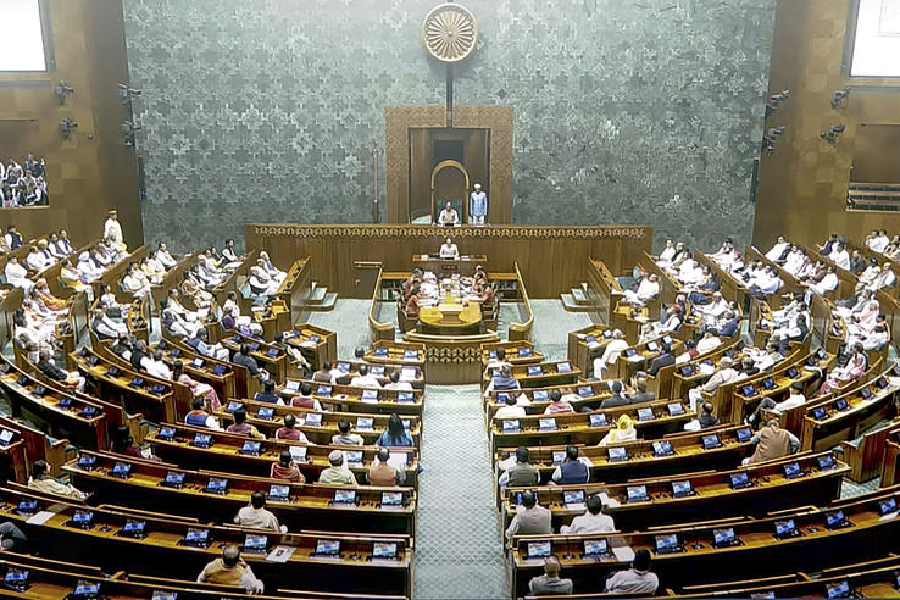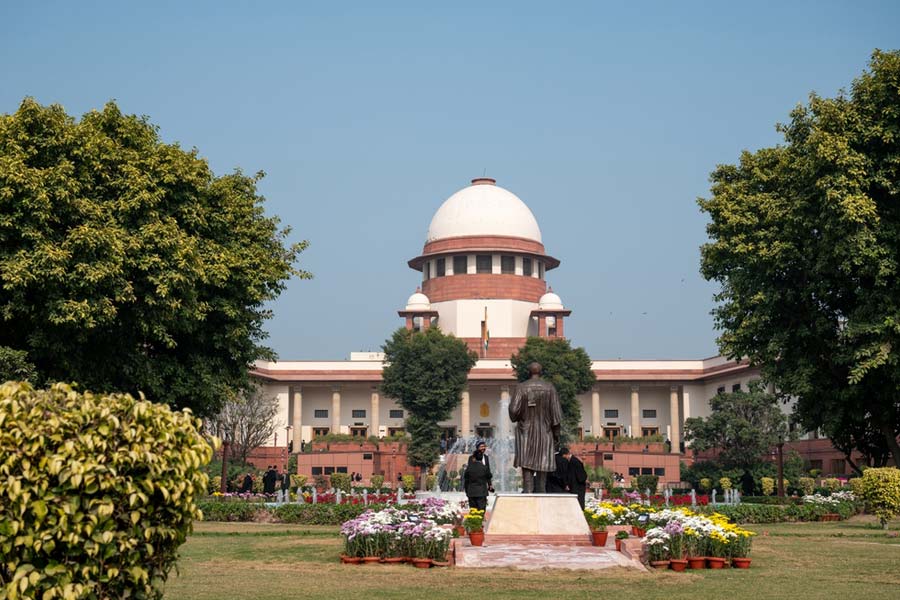Major football events in Sikkim are having to suffer a setback for the third year running, first two years because of the pandemic, and this year because Paljor Stadium in Gangtok is getting a renovation.
Paljor and the new Bhaichung Bhutia Stadium in Namchi are the only arenas in the Himalayan state that can hold tournaments according to requirements of All India Football Federation and FIFA.
The Sikkim Football Association (SFA) usually hosts all major leagues at Paljor since the Bhaichung Bhutia Stadium was inaugurated in November last year.
A senior SFA official said work on relaying the artificial turf at Paljor was to have been completed last year, but now the state sports department, which owns the stadium, gave an August deadline.
“Hence we have not been able to hold our football leagues that start in April and end on August 15 (Independence Day),” said the official.
The official said the SFA conducts C, B and A division leagues from April to August besides the crème de la crème of Sikkim’s football, the Governor’s Gold Cup, which is usually held between the festivals of Dashain and Tihar sometime in September and October.
“If the stadium is ready by August, we can resume our football activities,” said the official.
The official said leagues could have been organised at the Bhaichung Stadium, but since most of the clubs are based in eastern Sikkim, and travelling to Namchi in southern Sikkim on every match day could prove expensive for players and clubs.
“Please understand our clubs are poorly funded. To travel for a one-off tournament is okay, but to play the league, they have to travel for six or seven days,” he said.
Raju Basnet, the secretary of Sikkim’s sports department, said the SFA can make use of the Namchi stadium to conduct their leagues. “I believe if the SFA were to conduct the leagues at the Bhaichung Stadium, most of the teams would willingly participate,” he told The Telegraph.
Basnet added the Paljor Stadium will not be ready before August. “When the old synthetic surface was replaced, it was found that there was no drainage system in place. The drainage system was not covered under the original estimate of Khelo India (the Central government’s scheme), and we had to make a supplementary estimate and seek funds from the state government. That was sanctioned, and the work is on in full swing,” he said.











